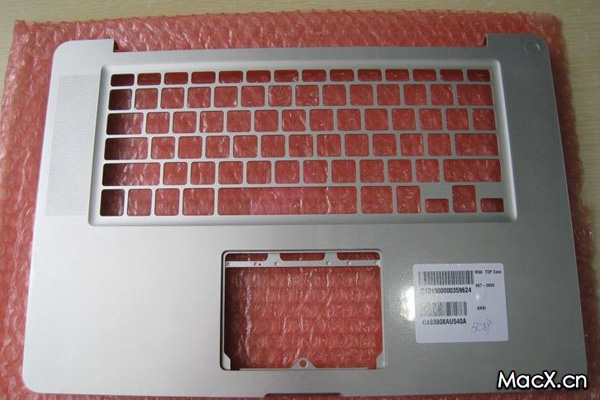In the Dec 08 issue of Car & Driver, Franz Kafka attempts to answer a question about HHO with the help of an associate engineering prof. The two end up completely off point and so butcher the response that a corrective response was required. Both are below:
HO-HO-HHO
What would happen if you inject HHO (oxyhydrogen) into a gasoline-combustible engine? Oxyhydrogen is a mixture of hydrogen (H2) and oxygen (02) gases, typically in a 2:1 molar ratio, the same proportion as water. This gaseous mixture is used for torches for the processing of refractory materials. I have found numerous claims on the Internet (i.e., www.water4gas. com, www.watertogas.com, etc.) that allege mpg savings by installing an HHO injection kit on a common gasoline engine. Thank you for your help, and please consider us working-class schmucks who might buy into this stuff with gas at nearly $5 a gallon!
Brian Gong
Arroyo Grande, CaliforniaSorry, Brian, those claims are bogus, and you need to stop cribbing from Wikipedia. Lest any reader doubt the indomitable authority of Car and Driver, Kafka asked Claus Borgnakke, an associate professor of mechanical engineering at the University of Michigan. For starters, you won’t gain any energy by converting water to hydrogen and oxygen in the car–you’ll end up with less useful energy than you put in because both the disassociation of water into hydrogen and oxygen and the burning of hydrogen are less than 100 percent efficient in real-world conditions. Even if you did have a perfectly efficient process, there would be no energy left over to power the car. Starting with an oxyhydrogen mix in the car is a bad idea, too. According to Borgnakke, “Never try to store hydrogen and oxygen gas together. Hydrogen is much more dangerous than other fuels in that it burns at nearly all ratios with oxygen and has a very low threshold for ignition.” You could use an energy source such as solar power to make hydrogen from water, but that’s not cost effective, and you’re still left with the problem of storage. Kafka will leave the last word to our expert, who says, “Hydrogen is still too costly to store and transport compared with gasoline or diesel fuel.”
-Franz Kafka’s Garage
My response:
Kafka
Your HHO response in Dec 08 is so busy feigning intelligence that you miss the fact that the specific laws of physics you snobbishly explain – don’t apply to the question at hand: HHO does not claim to create energy out of thin air. It simply allows more efficient use of the available energy contained in the gasoline.
1) Gas engines divert a constant amount of energy to the alternator that is converted to electrical energy (yes at less than 100% efficiency). That energy if unused is soon wasted attempting to overcharge the battery. HHO draws from this waste power to separate the water into its component gases not to “create energy”, but as a safe, cost effective way to store the dangerous hydrogen. Only small amounts of the gas ever exist out of the water state as they are fed into the car as created.
2) The Hydrogen gas adds a nominal amount of energy to the fuel air mixture. Again, energy is not being created here by violating physics any more than pouring an octane booster into your gas tank. Water, however, does tend to be cheaper than those fancy additives. However, much like those additives, the energy boost is small as it would take a tremendous amount of hydrogen gas alone to power a car.
3) The real trick behind HHO is the added oxygen in the fuel air mixture. It is well understood that more oxygen in the engine means more power potential. Many after market parts exist to pump cooler air or shove more air into your engine for the express purpose of increasing the oxygen amount in the combustion chamber. Where, oh Kafka, are your snide remarks at those products?
The added oxygen increases the percentage of gas burning inside your engine instead of exiting your tail pipe. Again, energy is not being created, rather less fuel (energy) is being wasted. This increased efficiency translates into more power at the same gas input or better fuel economy at the same power output. Herein lies the second caveat to HHO: modern oxygen sensors. While older cars can bolt on HHO and forever enjoy increased efficiency, newer cars will only see improved MPG for a short period until the oxygen sensors compensate with increasingly rich fuel mixtures until the gains are offset. So if one wants to run HHO in a current vehicle they must also be prepared to alter their O2 sensors with one of the variety of after market methods available.
Perhaps a senior professor could check this one for you.
Scott

